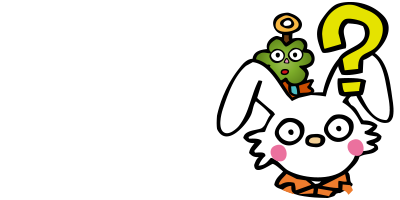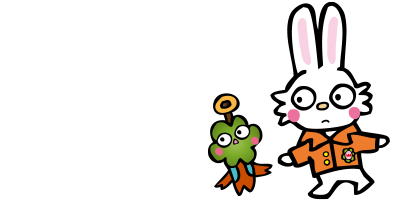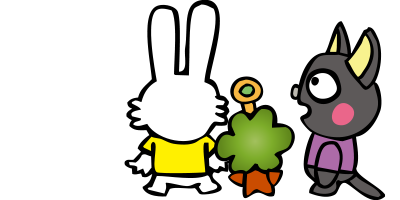2. Examining Countries
A turning point - invitation to Bolivia
After finishing graduate school with top grades, Jeff started teaching at Harvard University. The focus of his research, however, was not poverty but the global flow of money with an emphasis on the United States and European countries. He achieved good results in his research and became the youngest full professor in the history of Harvard University at the age of 28. Professor Sachs continued his research and teaching until 1985, when a life-changing event occurred.
A group of visitors from Bolivia, a land-locked country in the high Andes of South America, came to Harvard University. They told Professor Sachs about the extreme hyperinflation in Bolivia. Professor Sachs was familiar with the mechanisms of hyperinflation, and he confidently explained the mechanism.
Then, one of the group members said, "You know so much. Please come to Bolivia and help us." So he went to Bolivia to help the economy of the country to recover.

La Paz, Capital of Bolivia
Active role as an economic adviser
After this experience, Professor Sachs was invited to many countries that had economic issues and asked to help revive their economies.
In 1989, he was invited to Poland in Eastern Europe. First, a member of the staff at the Polish Embassy in Washington who got to know Professor Sachs contacted him to ask his help in solving Poland's debt problems.

Warsaw, Capital of Poland
Clinical economics - different problems in different countries
Professor Sachs' wife, Sonia, is a pediatrician. She often receives phone calls at night from mothers with young children who have fever or other symptoms. She asks the mothers questions to determine the cause of the problem, and whether the child should be brought to the hospital for immediate treatment or could wait until morning.

Poverty and hyperinflation are to a country's economy what a high fever is to a person. Professor Sachs first visits the country, observes conditions, and asks questions to identify the cause of its troubles. When did the country's trouble start? What are the geographical characteristics of the country? What type of work are the people engaged in? How do they want to solve the problem?








